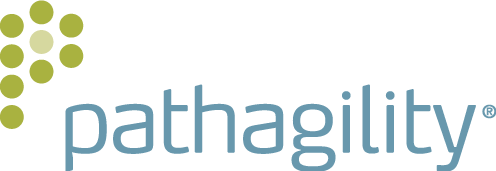Today almost every pathology lab director has “interfacing” as a line item on their weekly staff meeting agenda. As more referring physicians implement EMR systems and ramp up their meaningful use (MU) of these technologies to grab their piece of the Federal Government’s HITECH incentive dollars, the demand for LIS-to-EMR interfacing increases. Check out a previous post describing the impact on laboratories of EMR adoption and an aging Baby Boomer generation. The reasons are obvious and growing for why lab system interfacing is such a high priority.
That leads us to two pain points of lab interfacing – 1) time and 2) money.
First, as a general rule, the Lab-to-EMR interfacing process takes too long. This is due to a variety of potential issues ranging from the capability (or lack of) of the existing LIS, the interface backlog of the EMR vendor, and the lack of good project management and communications between all parties involved.
Second, lab interfacing can be expensive. Labs either take on internal costs for developing and hosting LIS connectivity or they outsource which comes with a fee. EMR vendors then charge labs to connect to their systems. To pour more salt on the wound, it can be confusing because outsourced and EMR vendors fees are all over the board so it is difficult to know if you are paying too much or getting a good deal. In all fairness, one of the reasons for this is that no laboratory system environment is the same – providing different levels of complexities. Ultimately, the costs must be justified by the revenue generated by referring physicians and benefit provided to each patient.
So, what can lab directors do in response?
If your lab outsources interfacing services, attempt to find one “go-to” partner that understands your current environment, has open technology that makes integration easier and faster, and can manage and communicate effectively through the process with all parties involved. Another benefit from this type of partnership is that each additional interface should be more efficient at least on the laboratory side because the LIS capabilities are understood. Many times this type of relationship can provide opportunity for a more planned, fixed fee arrangement as well.
What are some other ways pathology laboratories are achieving fast, cost-effective interfacing ?
